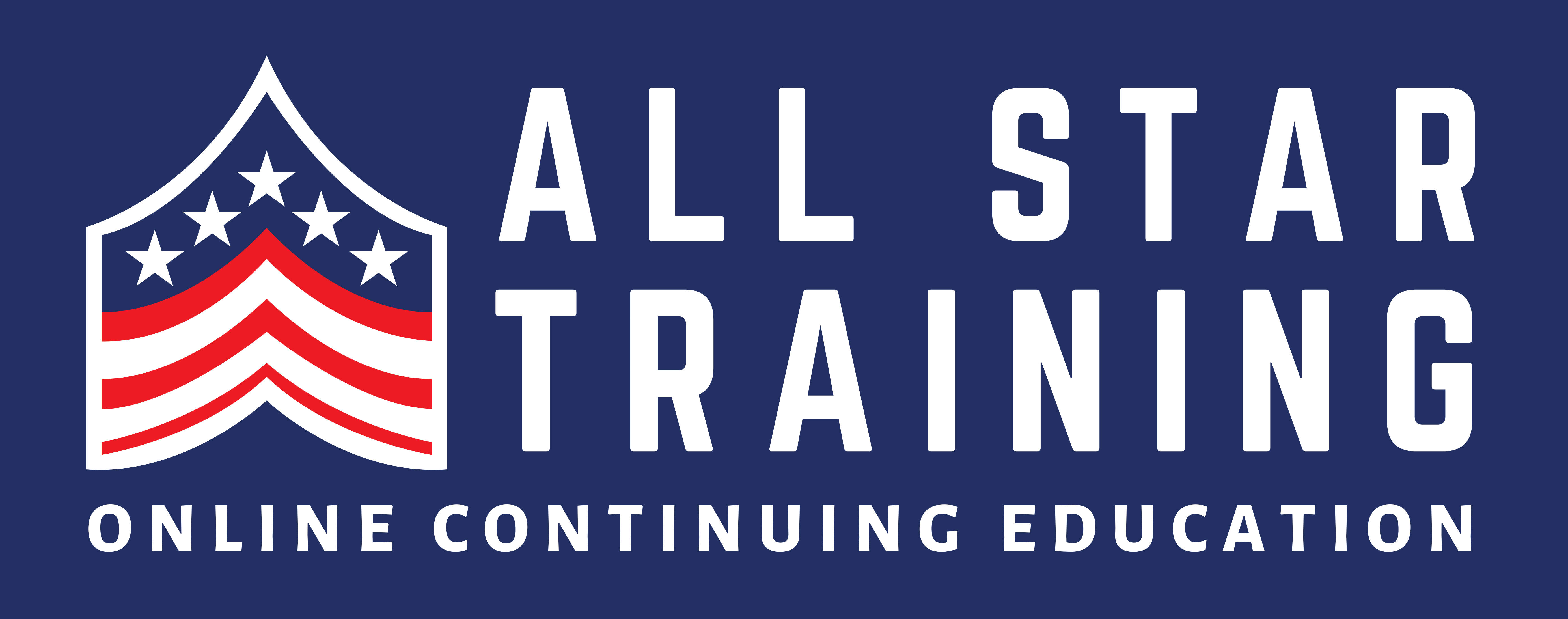Let’s take a brief look at what you can expect to learn in our Environmental Stewardship in Oil and Gas Course.
Environmental Stewardship in Oil and Gas Course Content Overview
- The Life Cycle of Water
- Sources of Drinking Water
- Protecting Water Resources
- Water Demand and Sourcing and the Energy Sector
- Water Use and Management in Oil and Gas Development
- Site Selection, Evaluation and Management
- Surface Environmental Considerations
- Air Quality Considerations
- Health, Safety, Security, and Environmental and Social Responsibility
The Life Cycle of Water lesson covers a wide range of topics related to the global water cycle, such as, surface water and watersheds, groundwater reservoirs and removal of water from the cycle.
The suitability of water for drinking and other uses is tied to its source. The Sources of Drinking Water lesson examines sources of household water, private wells, well maintenance, natural contamination and possible methane migration.
Technology continues to widen the intersection between the energy and water sectors, and thus, the effective protection of water resources as part of development is key to environmental stewardship and sustainable development. The lesson on Protecting Water Resources covers topics on water sampling, water testing and baselines, water quality, and trends in water consumption.
The Water Demand & Sourcing and the Energy Sector lesson and overview of the growing water demand as global population expansion requires more energy to treat and transport water. Variations in water jurisdiction and water rights, as well as the impacts of floods and droughts on water demand and sourcing, are examined.
An in-depth analysis of the different ways that water use and management impacts the oil and gas industry is presented in Water Use and Management in Oil and Gas Development. The lesson covers the use of water for hydraulic fracturing in unconventionals, with several case studies. The challenge for operators related to co-produced fluids is discussed with respect to recycling, treatment and disposal.
Best practices in site selection, evaluation and management keep operations profitable and sustainable while mitigating damage to the natural environment that may negatively impact operations in the future. The Site Selection, Evaluation and Management lesson allows the learner to take a virtual tour of a production site using the Production Facility Interactive to view the various components of such a facility.
Oil and gas operations intersect the entire ecosystem including water, soil, air and the human environment. Leveraging best management practices related to surface environmental considerations helps keep operations profitable and sustainable while mitigating damage to humans and the natural environment. The Surface Environmental Considerations lesson covers disturbances due to pipelines, potential oil spills, solids disposal, naturally occurring radioactive material and soil alteration.
The Air Quality Considerations lesson discusses how air-emissions challenges are one of the most important elements to integrate into a sustainability plan: at both global impact and local impact levels. Greenhouse gas emissions from both carbon dioxide and methane, as well as the push toward zero routine flaring, are discussed in light of climate change.
The Health, Safety, Security, and Environmental and Social Responsibility lesson presents some of the many factors that determine the success of a project in the energy industry. Technologies and resources are certainly critical, but there are five factors that form the main ingredients for a social license to operate: health, safety, security, environment and social responsibility. These factors ensure a positive relationship between companies, the people working on the project, and the broader community of stakeholders. This final lesson in the course includes subject matter such as personal protective equipment, dermal absorption, hazardous additives, environmental regulation and legislation, hydrogen sulfide, first aid in the field, safety as a priority, and social license to operate.
